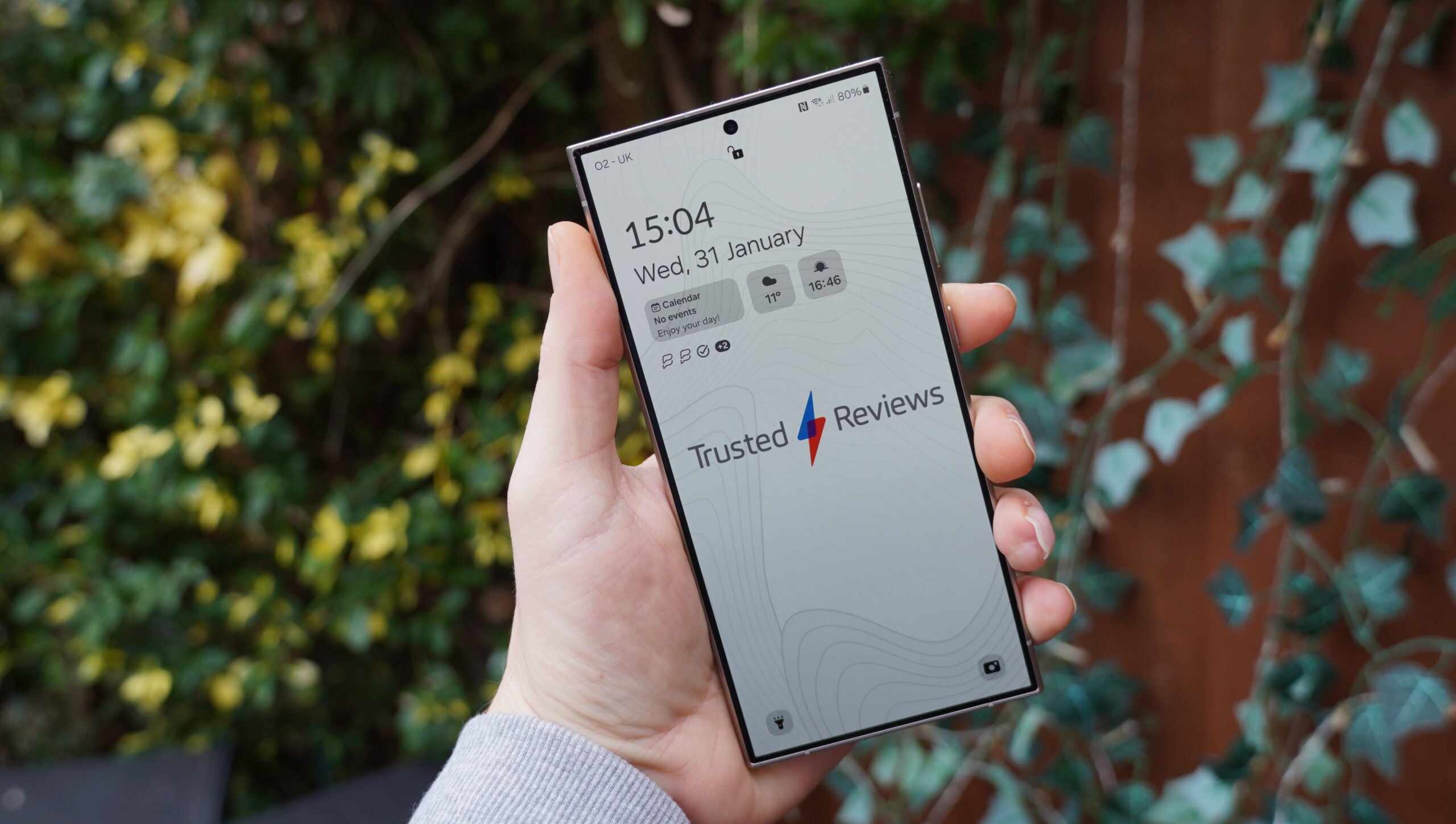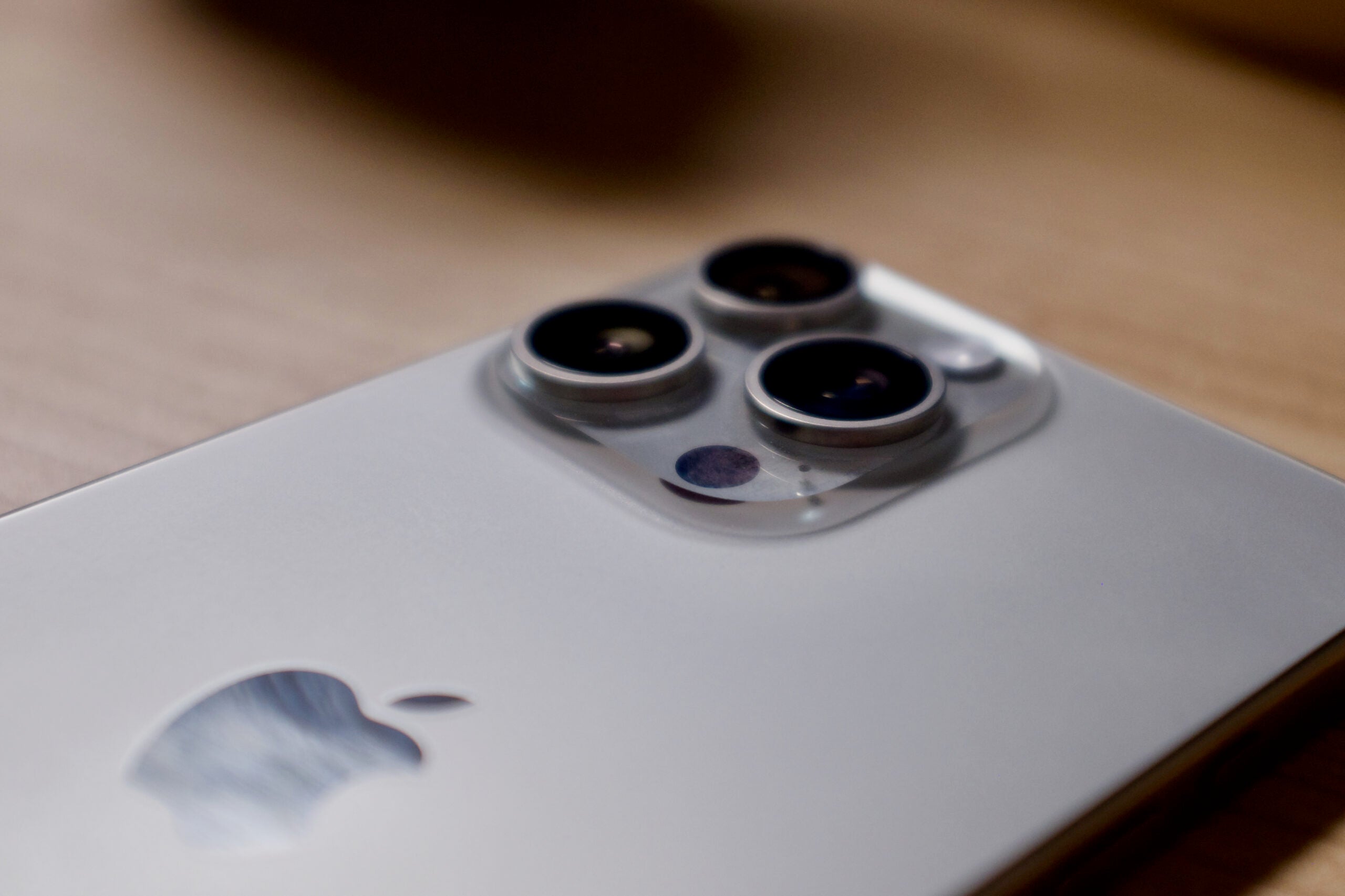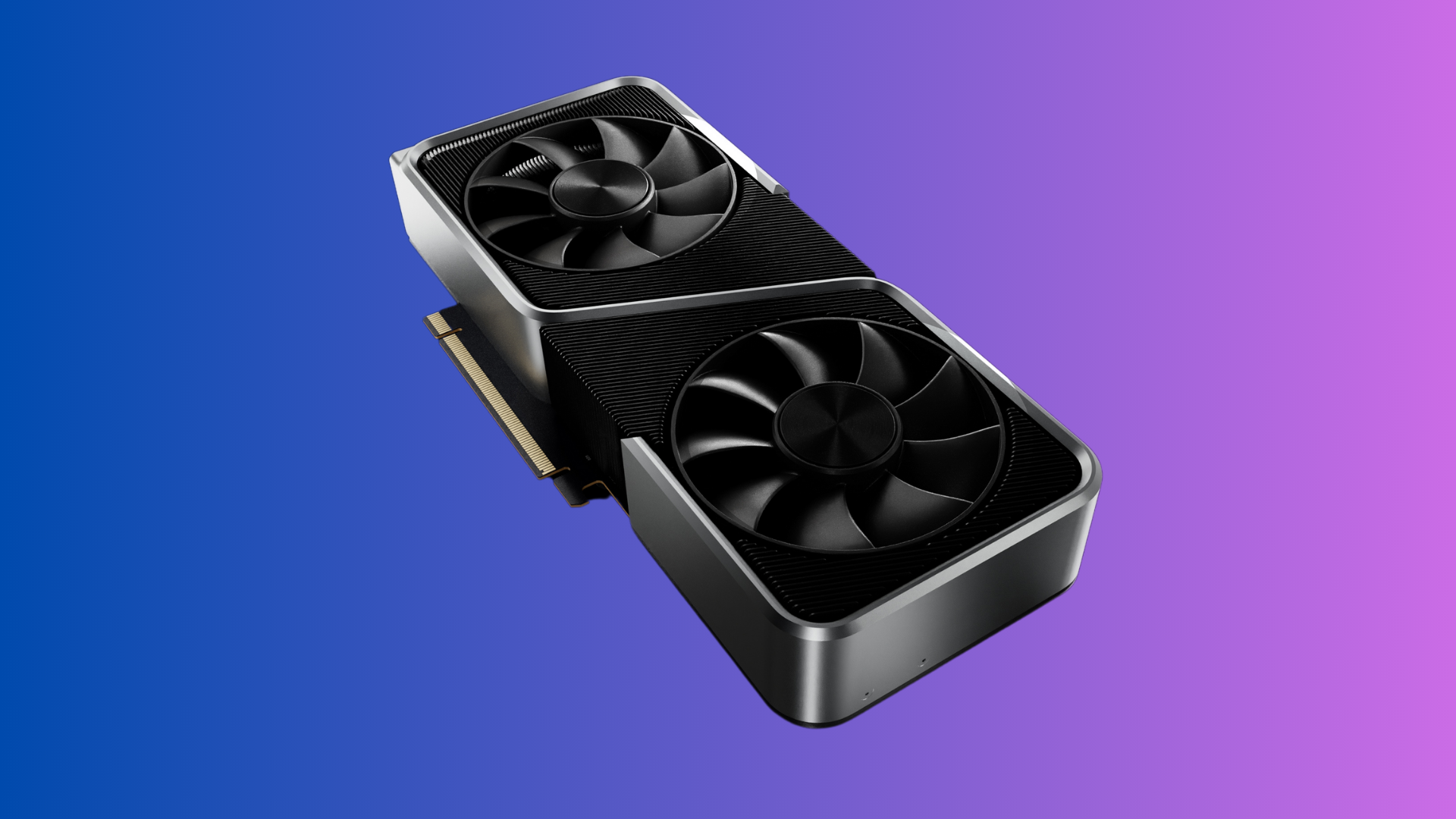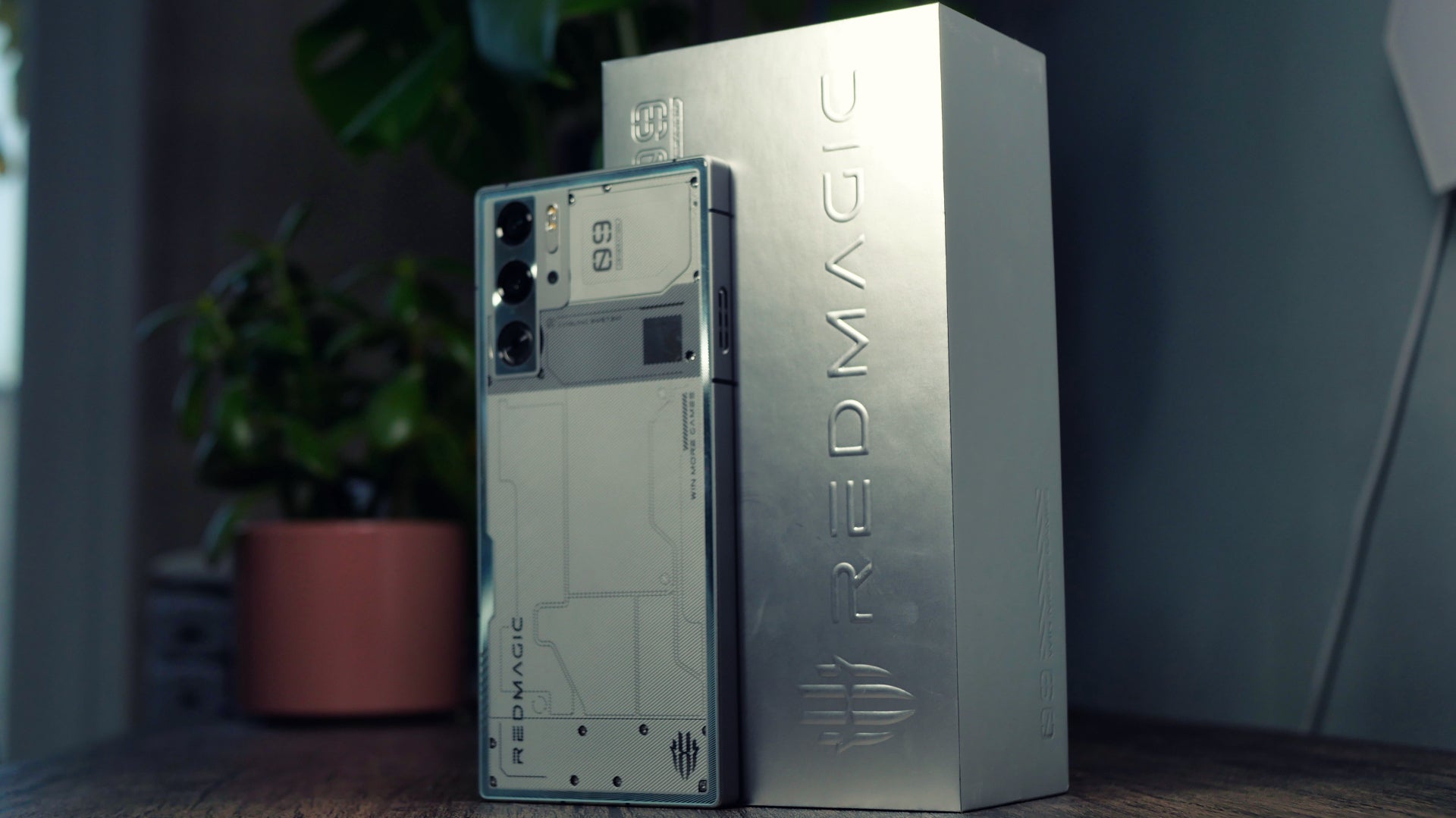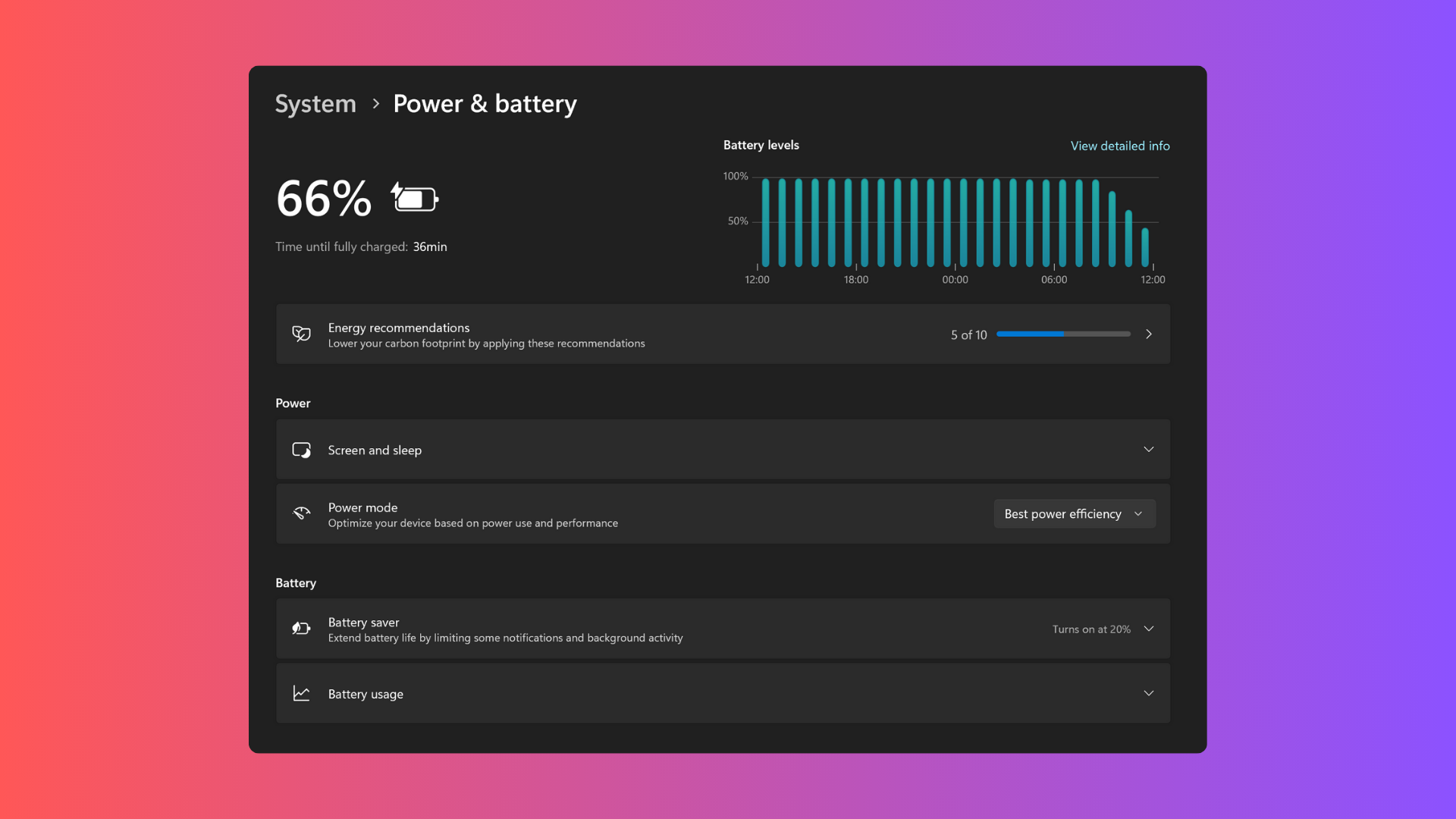What is a nit?
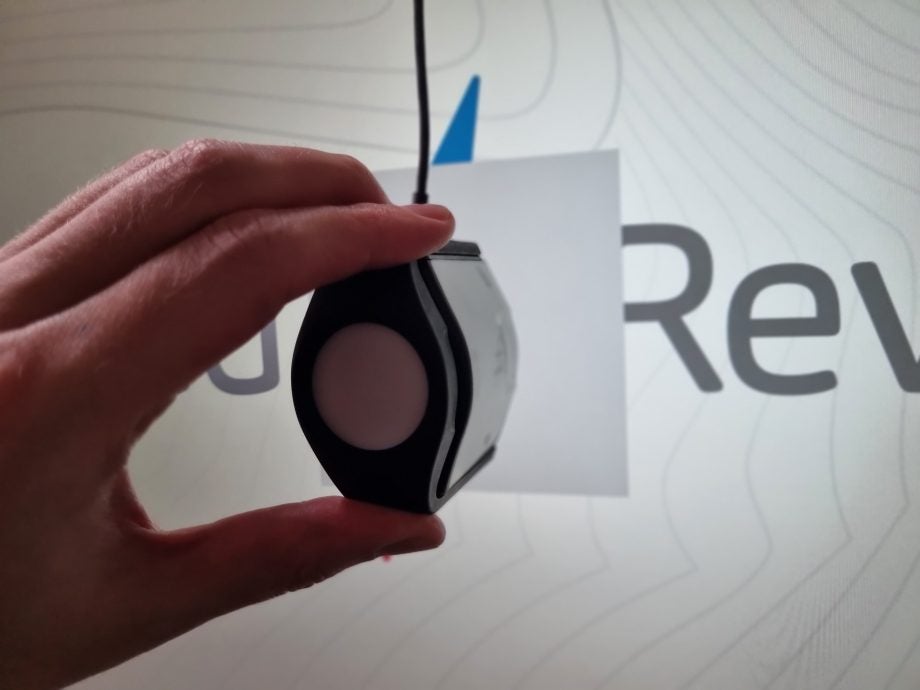
You may have heard the word ‘nit’ cropping up whenever you’re looking at a new phone or new laptop, but what are they, and why do you need to worry about them?
The launch of the iPhone 13 and iPhone 13 Pro was a whirlwind of excitement, but what you may not have heard is that both phones have 800 nits of brightness, which is a pretty high number for a mobile phone.
Nits are related to the brightness of a screen, whether that be on a mobile phone or a TV, and it can be a pretty important factor.
Keep reading to find out what a nit is, why it’s important and why else can affect the brightness of your screen.
How bight is a nit?
No one ever claimed that nits aren’t complicated, which is why a nit is actually measured from the brightness of a single candle.
To throw some more terms at you, a candela is the word for the amount of light one candle emits; so if you can imagine a cube of one square metre by one square metre with one candle in it, that would be a candela.
The amount of light that is created over one square metre is one nit, and all the light reflected off our imaginary cube is also one nit. If you decided to add more candles to this box, you would be adding more candela and more nits, since the square metre space has more light in it than before. So, in the simplest terms possible, a candela is a light from a candle, and a nit is a light from a candle per square metre.
And as you would expect, more nits means more brightness, which is why you want most of your screen devices to have a fairly high nit count.
The average movie theatre screen only has around 50 nits, but since it’s in such a dark room, the nit count doesn’t need to be much higher. Based on our labs testing, your average smartphone will have a screen that sits between 300 and 400 nits, while high-quality TVs can get above 1000.
Why are nits important?
Now we’re clear on what a nit is, we need to cover why they are so important.
More nits mean your screen can get brighter, which is ideal if you’re in high-lit environments. For example, when it’s summertime and really bright out, it can be really hard to see your phone screen, since the screen can’t get bright enough to compete with direct sunlight.
So, having more nits means you can see your screen better in these conditions, and it allows for more vibrant colours on screen, since the screen is cable of covering more of the colour gamut.
How do nits impact HDR performance?
Having a higher nit count can actually improve the HDR output on a TV as HDR content is usually mastered for a high nit count, from around 1000 to 10,000 nits. Though not every device or TV will have a nit count that high, meaning you may be missing out on HDR.
As we’ve mentioned, the higher the nit count the brighter the screen can be, and the ability to do so will make HDR more impressive since it can get better contrast from the bright sections of the screen compared to the darker areas.
In laymen’s terms, having more nits means your device can make better use of any HDR capabilities, and usually, you want your TV to hit at least 600 nits to start seeing the benefits of HDR.
You can also check out our article on HDR if you want a more in-depth look at what effects HDR and how you can make the most out of it.
The other factors that influence your screen
While we would love to end it there, there are many other things that will affect the quality of your display, not just nits.
Black level is also significant, which is essentially nits but for darkness, not brightness. A lower black level will give better colours and contrast as it allows your screen to be darker, which will be important for any media set in dark-lit environments.
Black level is also measured in nits, but unlike with regular brightness where you want the number to be as high as possible, you want the lowest level for the black level.
If the black level is too high on a display, usually anything above 0.3, the black parts of a video may look grey. In an ideal world, having the black level low and the nit count high will give the best colour contrast and range of colour on screen.
There is also colour temperature, which is measured in Kelvins. Colour temperature references the way the colours look; warmer temperature results in the screen looking yellower, while a cooler temperature will bring out the blues. 6500 kelvins is the ideal where colours look most natural.
You may notice that your mobile screen will take on a yellow tone when it’s late at night, as yellow tones are a lot easier on the eyes than blue tones, and actually help you sleep better since our brains associate blue light with the morning.
Colour temperature is significant in terms of comfort when looking at a bright screen in a dark room, though you don’t want your screen to have an overall yellow or blue tinge all the time, as that will affect the colours on screen.
There’s also Delta E, which measures the difference between the colour on screen and the colour the human eye actually perceives. If the colour that’s being displayed differs too much from the original input content, then we will perceive the colour as different when we see it.
Delta E becomes quite technical quite fast, but you shouldn’t really notice any issues if Delta E is at three or less, but the higher it goes the less accurate the displayed colour is.


